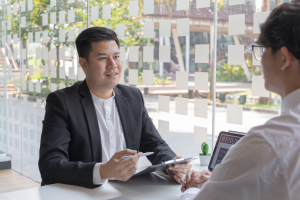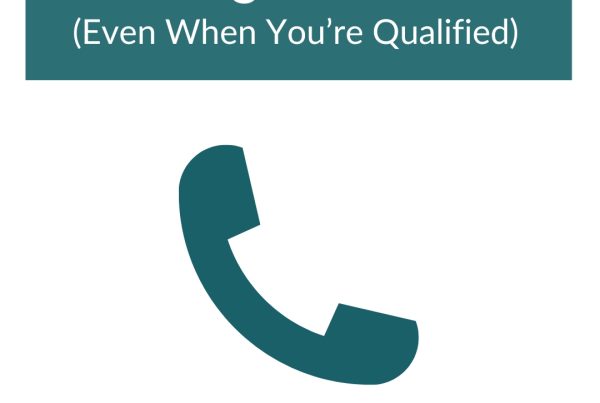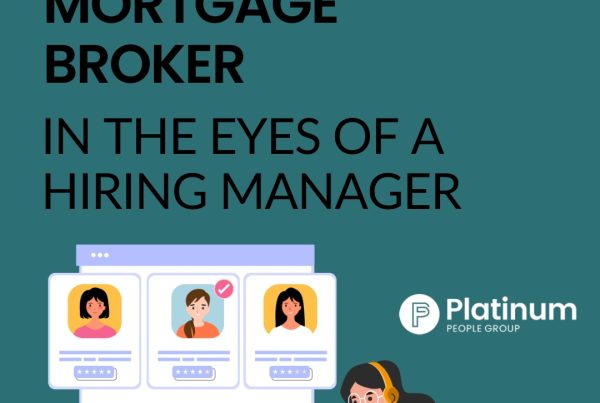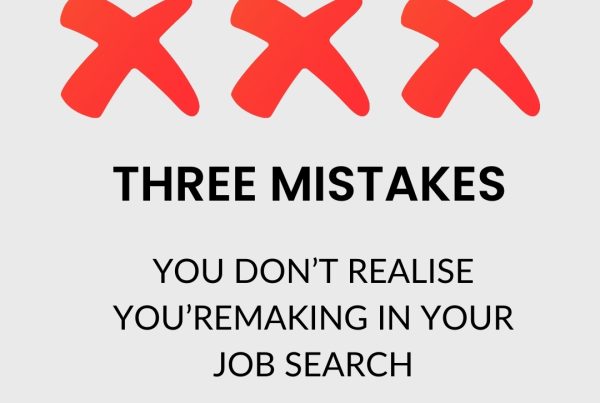Ready to head into your next interview with your head held high? Perfect your body language and feel the difference!
Shake off the nerves, look and feel more confident and let your interviewer know you’re engaged and in control (without ever saying a word!).
Perfecting your body language for an interview will help your professionalism shine and put you back in the driver’s seat.
How to perfect your body language for an interview
It all starts with a handshake
On entering an interview, you will likely* shake hands with the interviewer/s. This handshake is your first point of contact (literally) and will set the tone for the interview.
A lot can be silently said with an introductory handshake – so make sure your message is one of confidence!
A confident handshake should have a firm grip and last a second or two. A smile goes a long way, and good eye contact during the shake is polite and professional.
*Pre-COVID, introductory handshakes were almost guaranteed. Now although the world is predominately returning to a state of “covid-normal”, it’s OK to play this step, case by case. Read the room and mimic the interviewer. If they go for an elbow bump or other form of greeting, just follow their lead.
What your posture says about you
The way you physically hold yourself during the interview will speak volumes to the interviewer.
A slumped posture may indicate shyness or disinterest and send the wrong message to those interviewing you. Bring awareness to your posture and focus on keeping your shoulders back and down and your chin lifted. This is a posture of confidence and engagement.
Practice holding yourself in this way regularly so it becomes comfortable for you. After a while, you’ll notice you genuinely feel more alert and in control in this position. Let it be a signal to your mind that it’s time to talk business.
Leg positions for comfort
During an interview, your legs should be still and uncrossed if possible.
Crossing your legs may become uncomfortable and result in you needing to stretch or move them during the interview. This discomfort can be read as disinterest by the interviewer, and continuous shuffling can distract all parties.
Avoid pulling focus from the interview by finding a comfortable leg position from the start. Keep it professional and polite (no wide legs or feet on furniture) but comfort is key.
Address any restlessness
If you have a nervous habit like jiggling your leg or tapping the table, do your best to suppress it. Practice mindfulness and put your attention on remaining present in the moment, as still as comfortably possible.
Restlessness can be distracting and may demonstrate nervousness or disinterest to the interviewer. If you’ve made it to the interview round, you’ve already piqued the company’s interest. Let go of the nerves and embrace that inner confidence. Focusing instead on your posture and responses.
If you know you are prone to restlessness and/or nerves, limit caffeine before the interview. Caffeine will increase your fight or flight system and make stillness harder to obtain. Meditation, mindfulness, calm music and a walk in fresh air are all good habits to get into to help address the nerves prior.
What to do with your hands
If you’re seated at a table or desk, it’s best to keep your hands above the table line. Keeping your hands visible will demonstrate you have nothing to hide.
If you’re in a chair with nothing in front of you, try to keep your hands in your lap with the palms visible. This hand position indicates openness.
Wherever your hands are, try to keep them still and resist fidgeting. It’s OK to use your hands while talking if that’s a part of your mannerisms, but try to limit excess movement as it will pull the interviewers’ attention away. The real art of perfecting your body language is ensuring the focus is on your verbal responses, not on what the rest of you is doing or not doing.
Eye contact in moderation
A lot of our talking is through our eyes – making eye contact is incredibly important. Good eye contact should be in moderation.
Too little eye contact can give the appearance of nervousness, while too much can be seen as aggressive or too intense. Avoid looking around the room or staring in the wrong direction. Darting eyes gives the wrong impression while glazed stares scream disinterest.
Pretend you’re having a comfortable conversation with a friend. Use that level of engagement and comfort to guide your eye contact for the duration of the interview.
If you’re not great at maintaining eye contact or find it awkward, try looking just above and past the interviewer. It gives the illusion and connection of eye contact without the intensity.

Perfecting your body language for interviews is a lifelong work in progress. It’s about building on your first-hand experiences and learning what works best for you. Consider the above as guiding foundations and go from there. Make the experience your own, and inject a bit of you into the process. Just remember the basic principles and keep the focus on being polite and professional at all times.
Ready to put the practice into action? Book a free recruitment consultation to discuss your career opportunities today.
Want even more insight into the latest twist and turns, tips and tricks, and industry know-how? Sign up to our monthly newsletter!








